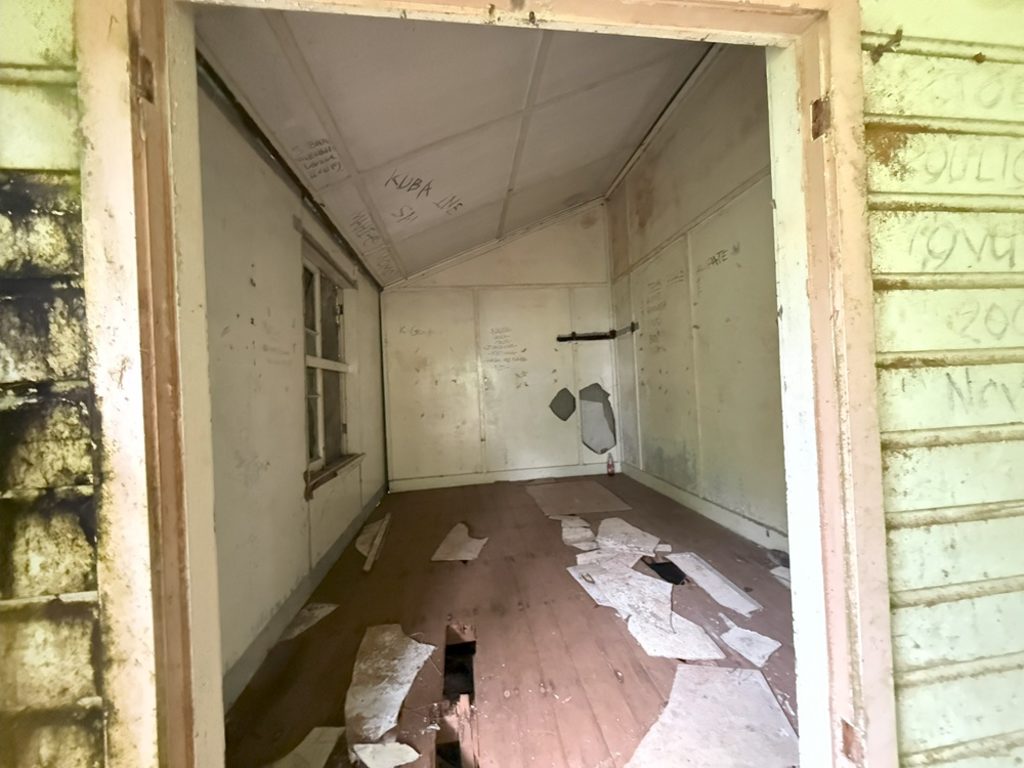ON the rejuvenescent heights of Nadarivatu, crowned by profuse mist, remains some of Fiji’s dormant historical building.
Away from the hubbub of city life, the historical remnants found in Nadarivatu simply enthral visitors to the area.
With the recent developments occurring in Nadarivatu, the remnants of a once flourishing colonial community has slowly awakened from its quiescent state – catching the much needed attention of travellers.
In Discovering Fiji this week, we take a look at one of the long forgotten remnants of colonial Fiji, a rest home situated in Nadarivatu called the Robert Beckett Memorial Rest House.
The dilapidated property is perched on a small hill overlooking a lush forest and backdropped by majestic mountains and believed to have sheltered Wesleyan mission staff before or after their weary assignments in the highlands of Colo North.
The property is today a withering weather-worn lodge beyond repair, a far cry from its former glory days.
Engulfed by misty haze, the home is tucked away among massive evergreen trees and layers of fruit-bearing plants
To get there, one must leave the main road and trek through overgrown shrubs that have smothered the old home’s path.
As you draw closer to the old home, you’d be welcomed by the scent of wildflowers and herbs that have presumed ownership of the home boundary.
On the West side is the main entryway that connects to a wraparound porch.
After many years of neglect, the timber is not as sturdy as it was in the early 1900s. Entering the building requires careful manoeuvring on loose withered wood.
There are a few entrances into the building, one facing the west, one to the east and the main one facing the South (overlooking the highway). You can almost imagine the beautiful scenery that visitors enjoy from the porch.
The building still has several rooms standing, plus the kitchen and old pantry at the north end. Pantry shelf supports are still mounted to the wall, minus the shelves.
Most of the building frames and walls are still standing, except for parts of the floors and roof that have given up.
As described in our previous Discovering Fiji pieces about the rest homes of Nadarivatu, the timbers are sturdy, and the chimneys showcase good craftsmanship.
The house has two chimneys, one still standing strong and the other a collapsed rubble in the centre of the building.
The bricks and mortar that make up colonial-era chimneys are often old, and its masonry can easily crack and decay due to the weather experienced over the years or natural aging.
The chimney design found at the old rest home connects to two fireplaces. The fireplaces heat up two separate rooms — warming and brightening the cold nights for missionaries up at Nadarivatu.
You cannot find light fixtures in the high ceilings or switches on the wall anywhere in the house as electricity didn’t exist at the time the lodge was occupied. We can deduce they used lanterns.
Windows are still double hung, which slides up instead of sliding on the side.
Inside, nature in the form of creeping plants and low shrubs, is slowing taking over the once notable property.
It is bigger in size than the old Emperor Gold Mine rest homes that are situated just a few kilometres away.
The building is in disrepair after many years of neglect, any work that would be done to revive it would be massive given the poor state it’s in today.
On the historical details about the home, there isn’t much available literature.
Villagers know of its existence and say the rest home was named after Robert Beckett, who was part of the Wesleyan mission.
While doing some research about Nadarivatu, Kuruvitu Siva from Waikubukubu Village in Savatu, Ba found details about the home in an old article published in 1924.
According to the article, found in The Methodist news on foreign missions, published on October 18,1924, a Methodist minister, Reverend John Wear Burton during his visit to Fiji laid the foundation block of the Robert Beckett Memorial Rest House at Nadarivatu.
The article highlighted that the rest home was erected on cool mountain heights with a view to providing a necessary change of climate for members of the Wesleyan mission staff who required a brief respite from the steamy heat of the coastal stations.
Eleven years later a few details were published about the house.
Victoria Methodist, Reverend C Irving Benson in 1935 described the rest home in his book, A century of Victorian Methodist.
He wrote that on the “salubrious heights of Nadarivatu, in the mountains of Fiji, stands a commodious bungalow, where tired missionaries may rest, think and pray”.
He said the memorial bore the name of Robert Beckett, the first vice-president of the Laymen’s Missionary Movement, whose widow and daughter had given “valuable service to the field” and work which he loved.
The rest home was a love gift from the Laymen’s Missionary Movement of Victoria to honour Robert Beckett.
Even though the rest home was built to honour Beckett, it was Reverend John Wear Burton who laid its foundation.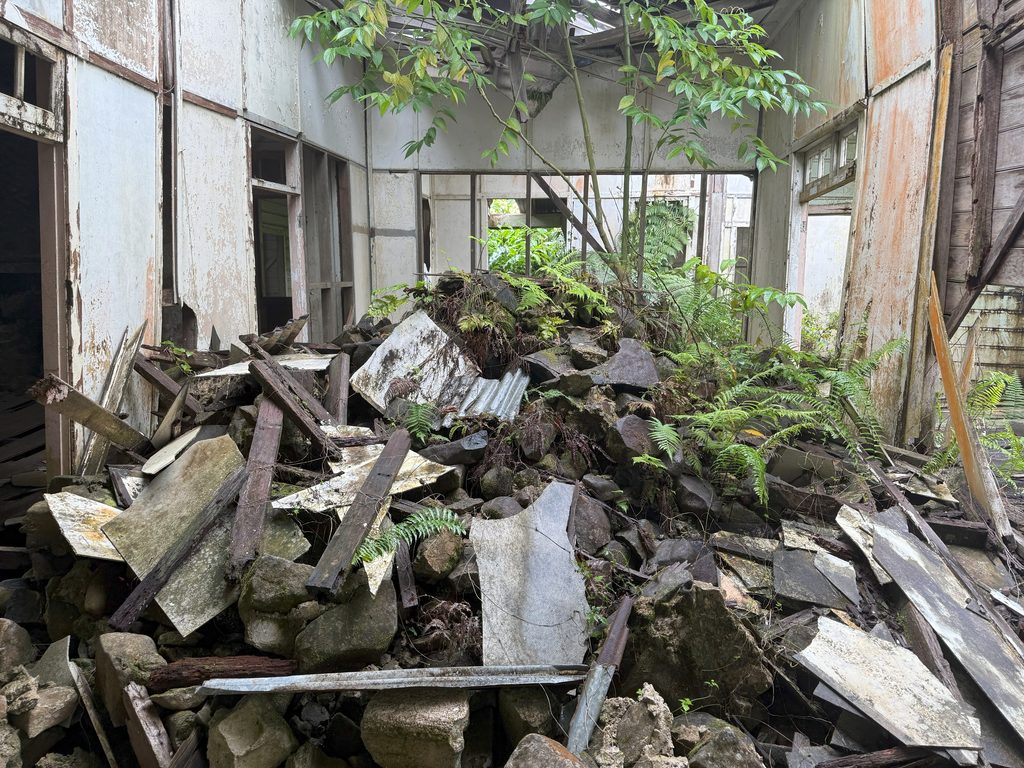
The collapsed fireplace in the centre of the rest house. Picture: ANA MADIGIBULI
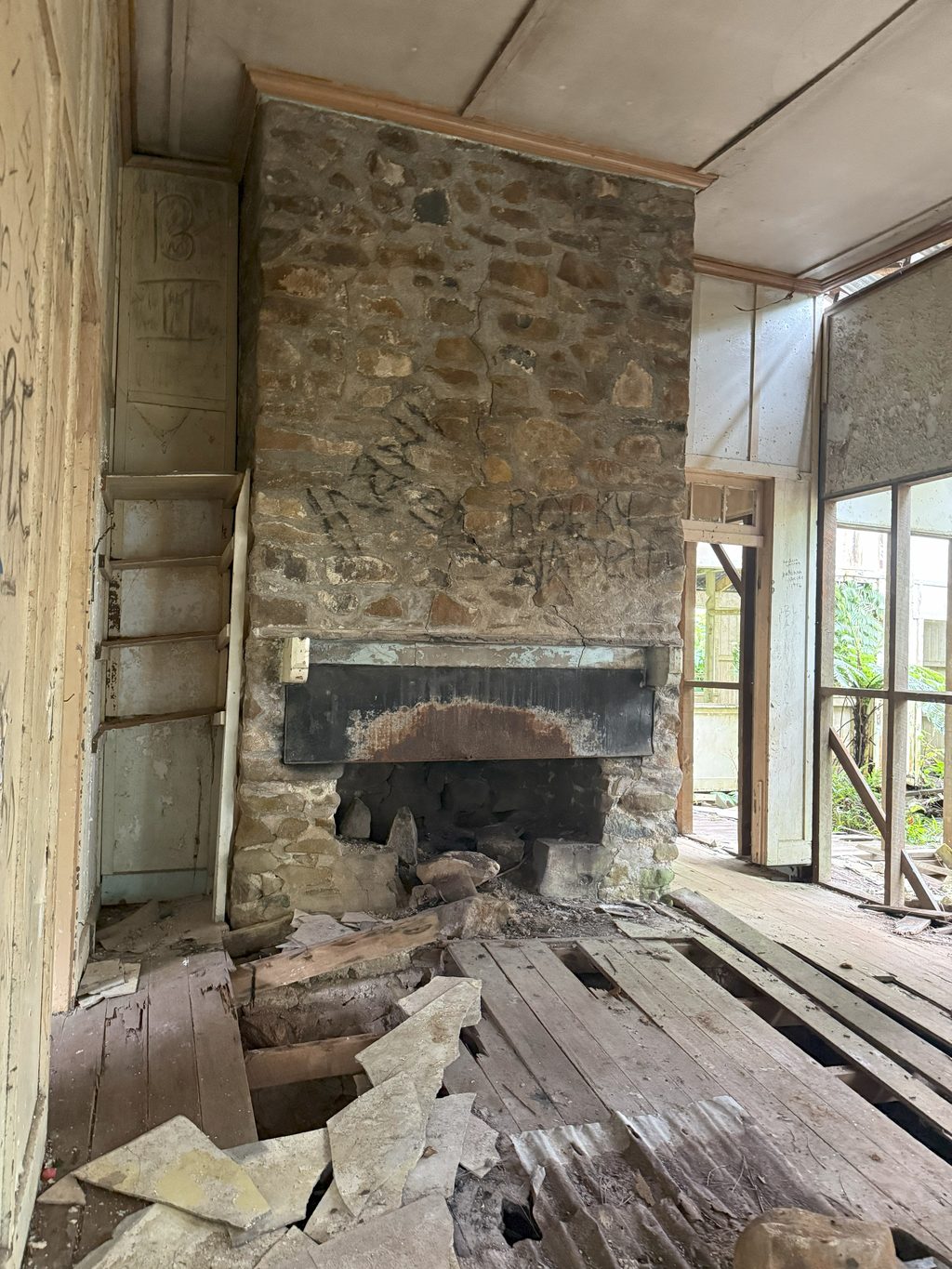
The chimney that still exists connects to two fireplaces in two separate rooms. Picture: ANA MADIGIBULI
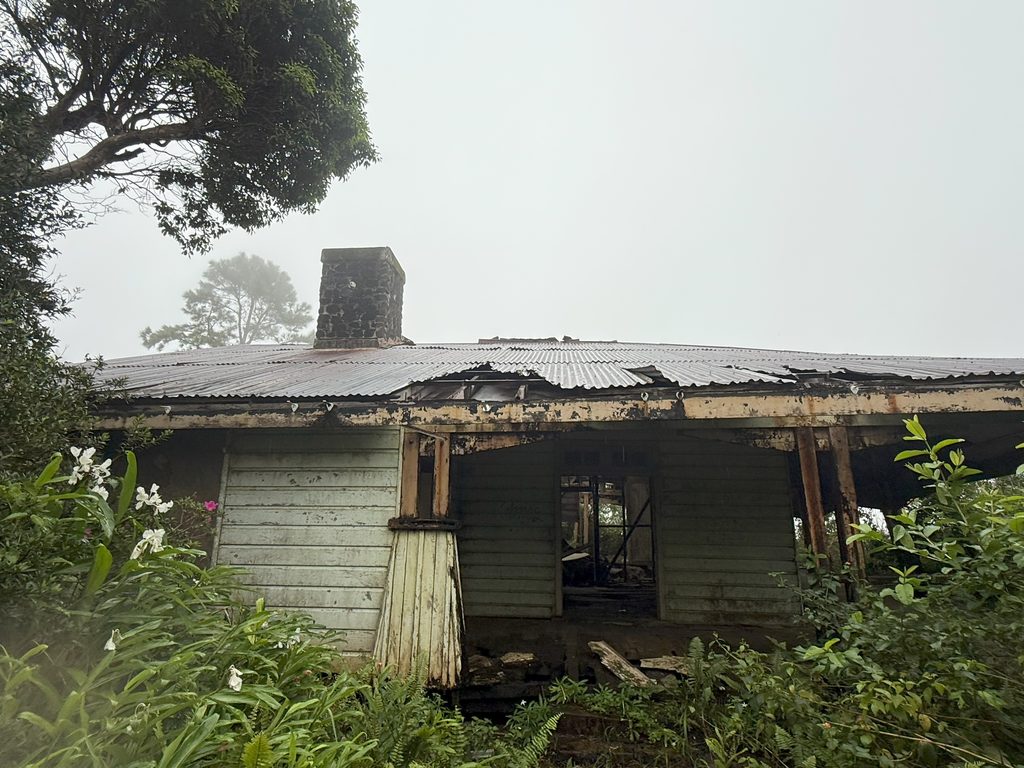
The view of the house from the west side. The property is surrounded by wildflowers and fruit-bearing trees. Picture: ANA MADIGIBULI
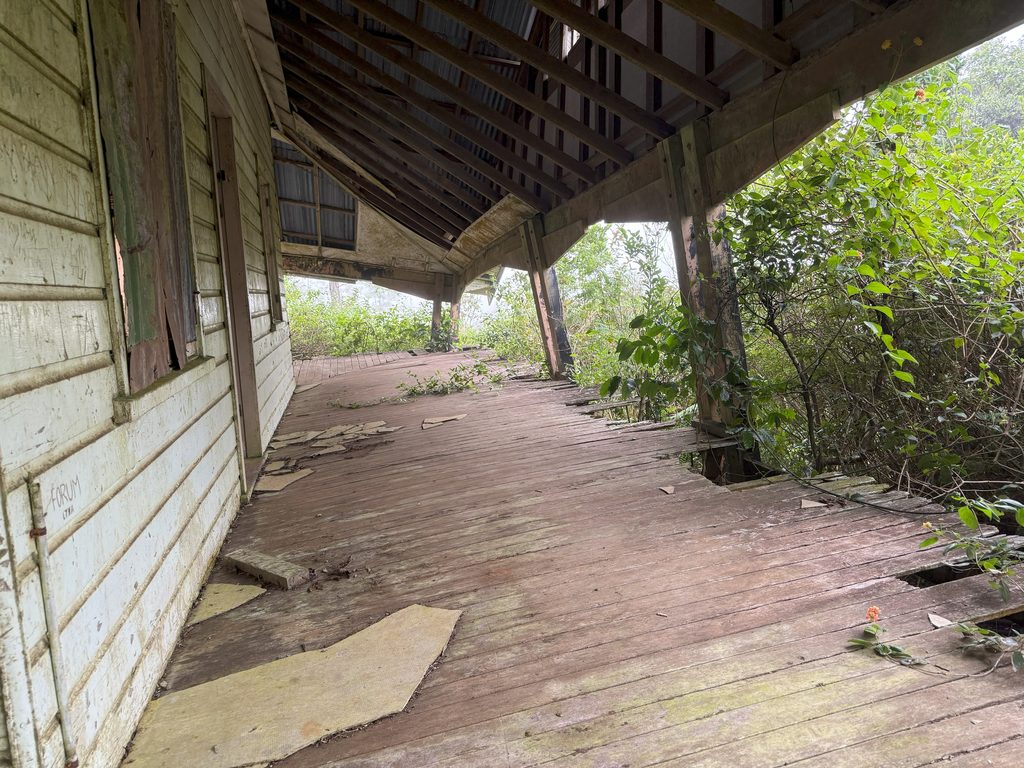
The house has a wraparound porch that has a beautiful view of the mountainous terrains. Picture: ANA MADIGIBULI
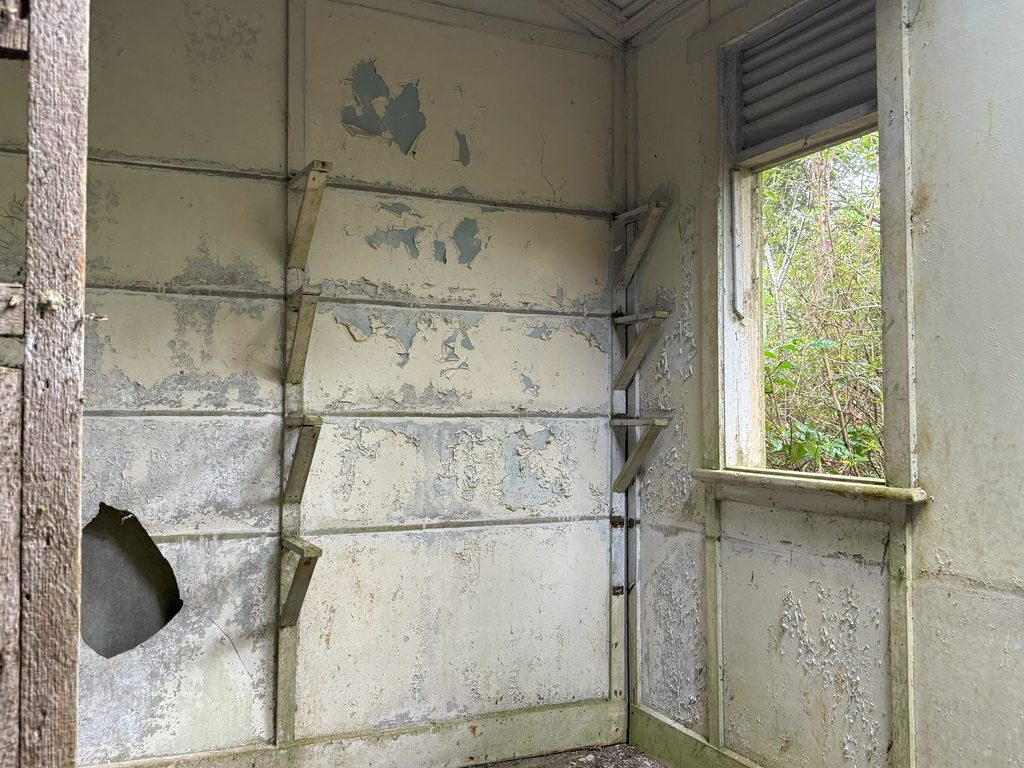
The pantry shelf supports are still attached to the wall. Picture: ANA MADIGIBULI
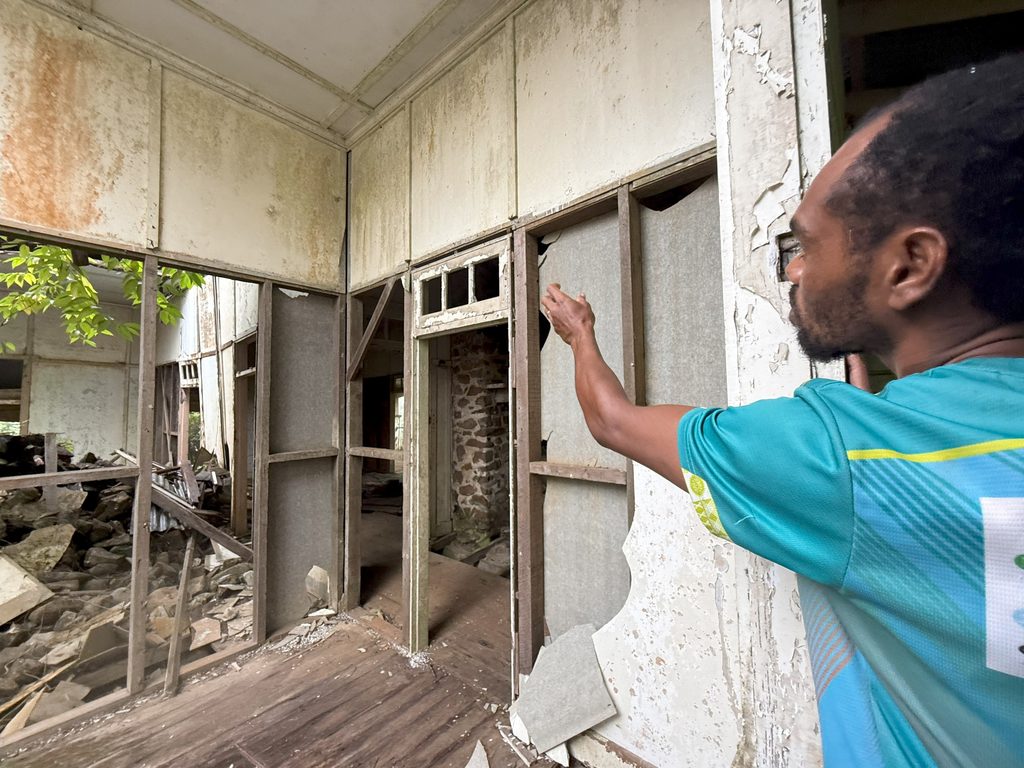
Kuruvitu Siva points at the strong wood frames of the house. Picture: ANA MADIGIBULI
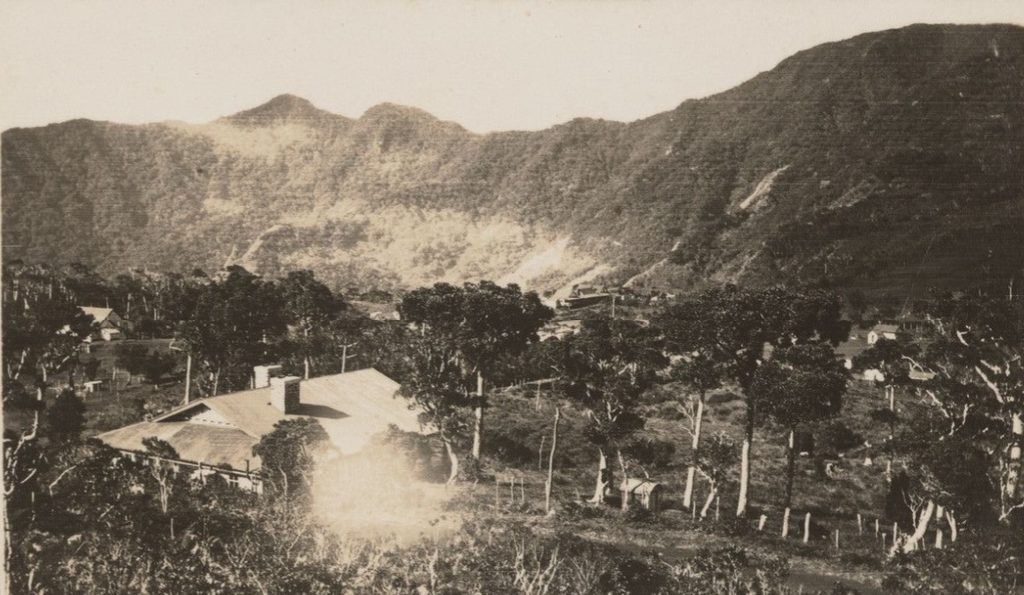
The house with the two chimneys is believed to be the Robert Beckett Memorial Rest House in 1928. Picture: kura.aucklandlibraries.govt.nz

